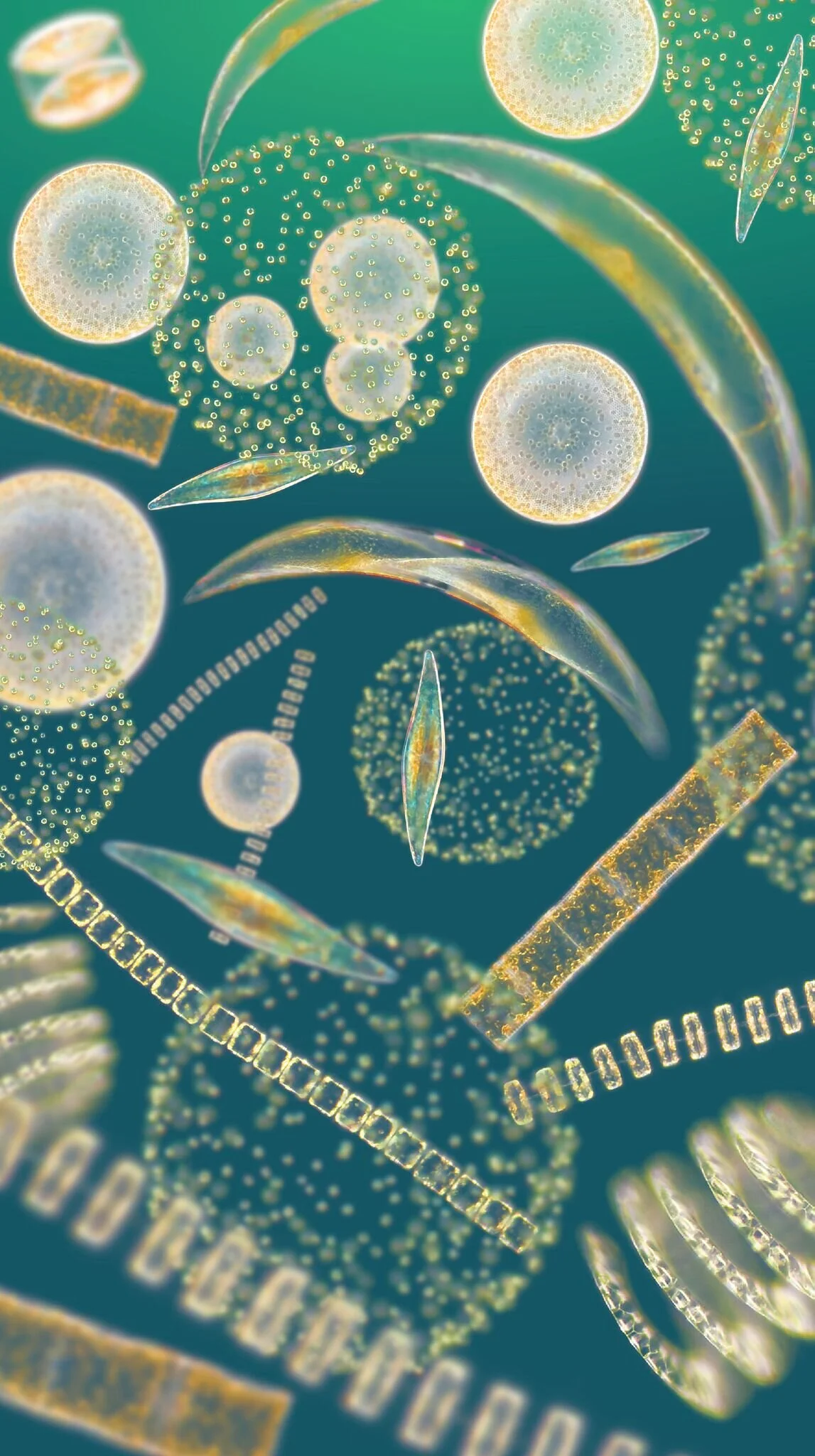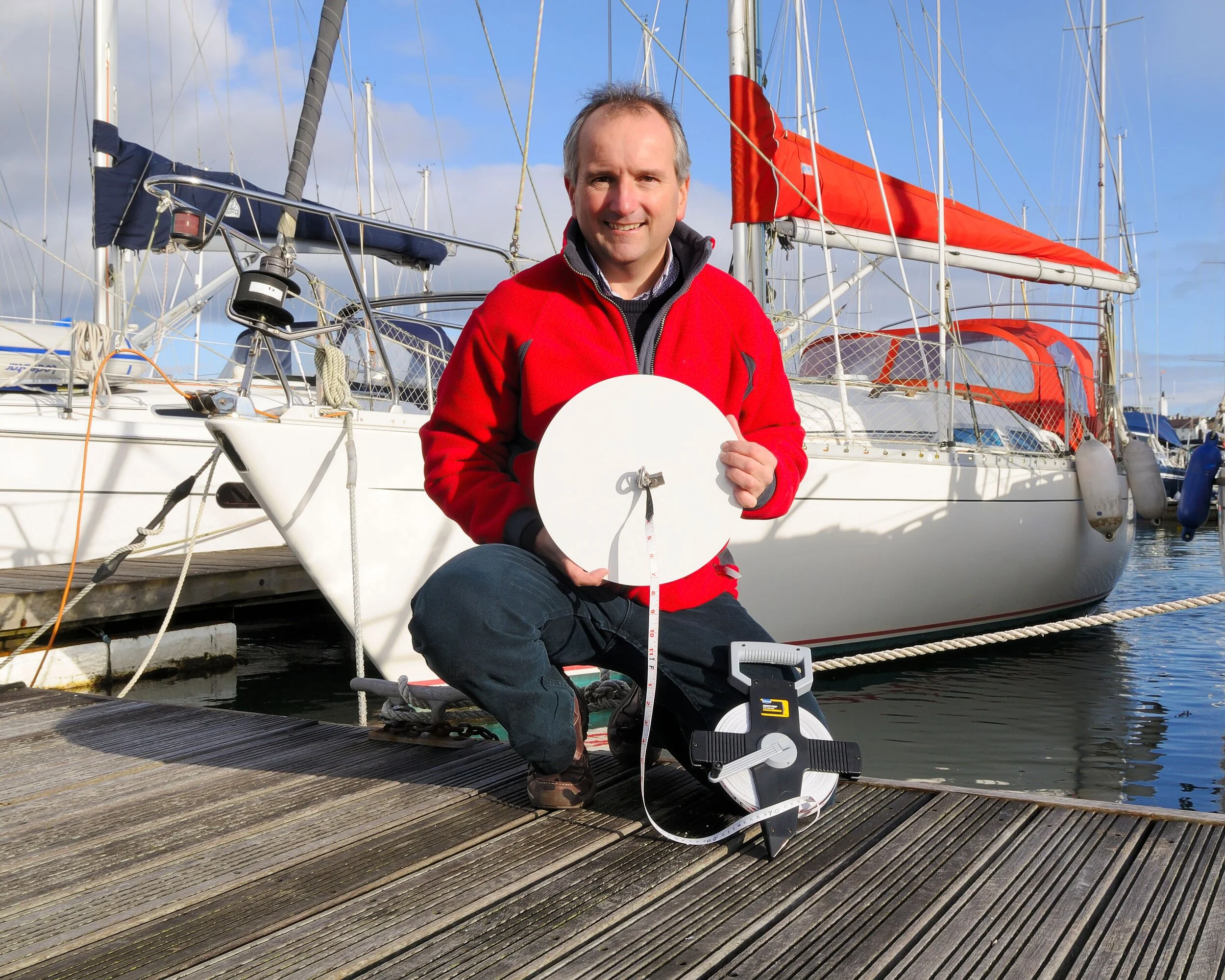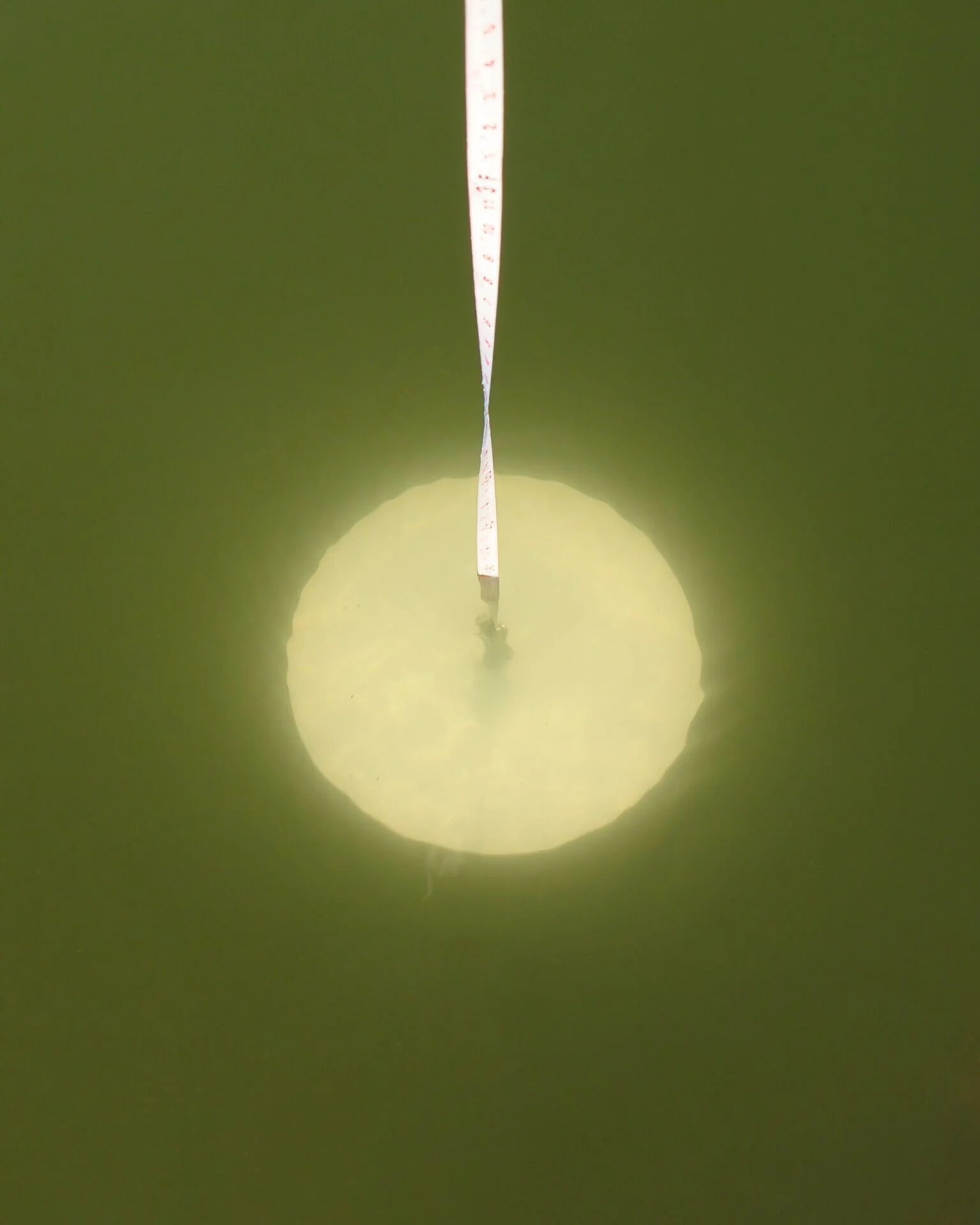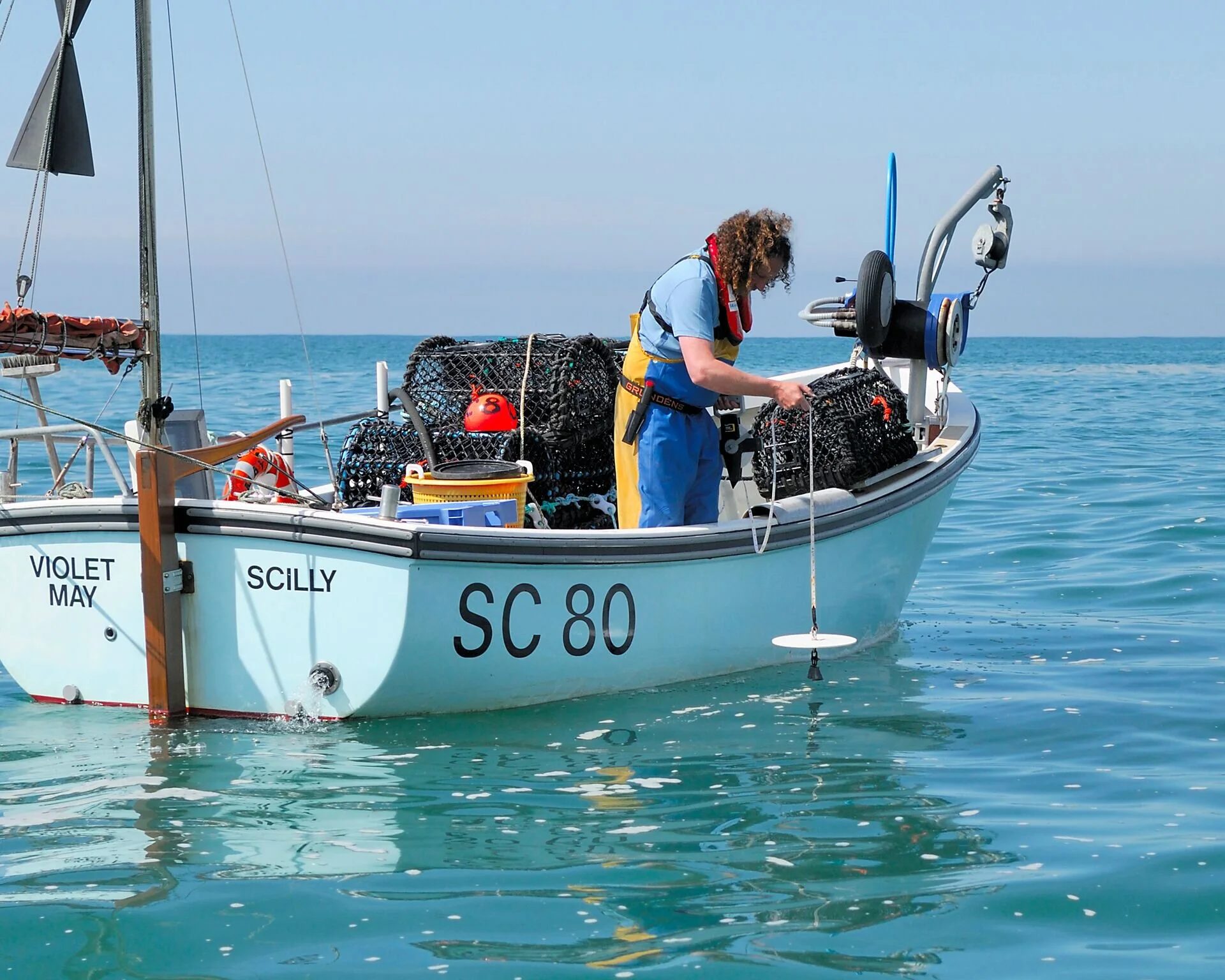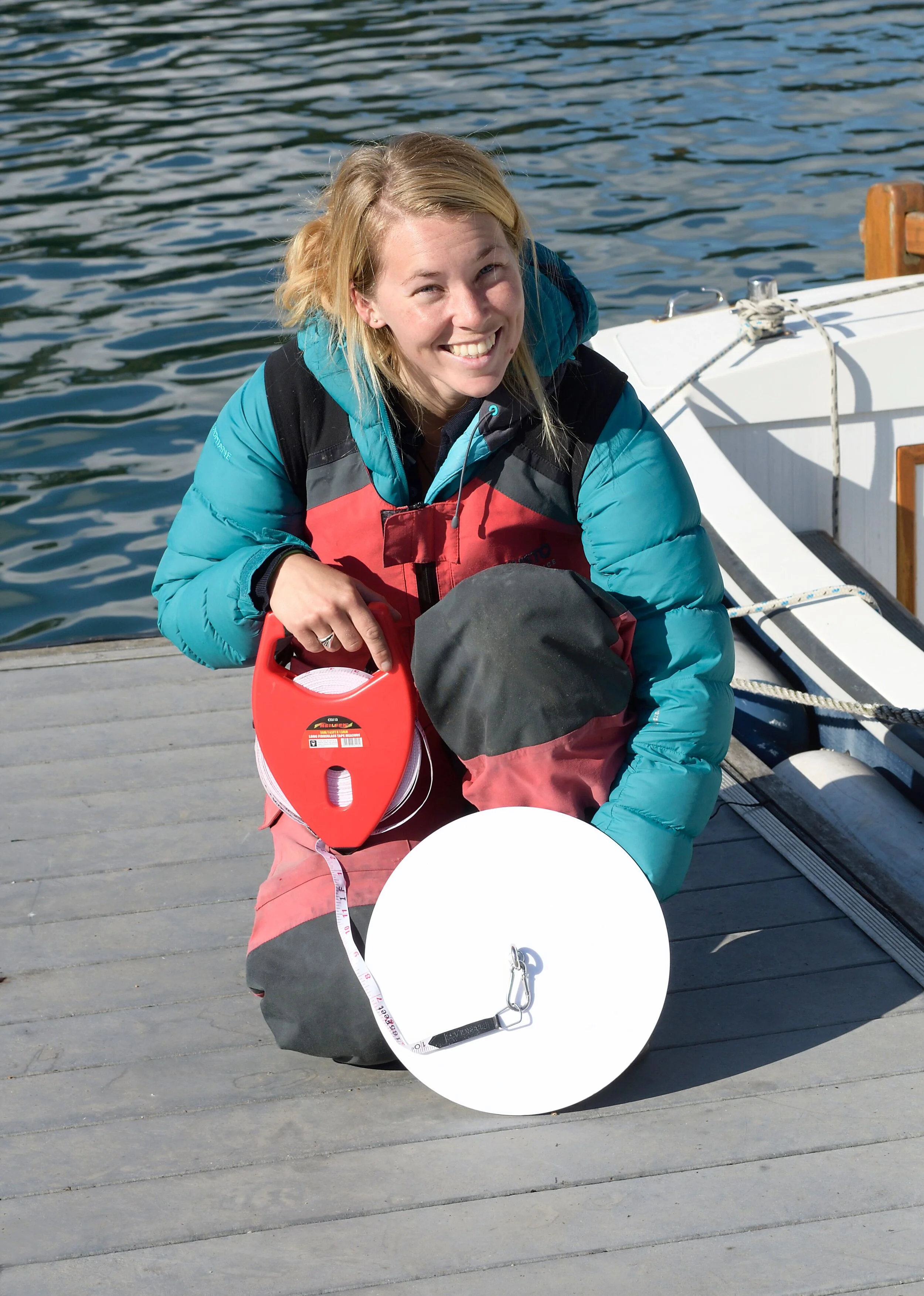The Secchi Disk Study - A Global Citizen Science Study
Elyssa Quinton
Today we are going to introduce you, if you haven’t already heard, to an exciting global citizen science project, that focuses on one of the most important organisms in the world, phytoplankton!
What are phytoplankton?
Phytoplankton, also known as microalgae, are the primary producers or autotrophs of the marine food web. They are similar to terrestrial plants in that they contain chlorophyll and require sunlight to live and grow. The name comes from the Greek words phyton meaning ‘plant’ and planktos meaning ‘wanderer’ or ‘drifter’. Most are too small to be individually seen by human eye, however when present in high enough numbers, some varieties may be noticeable as coloured patches in the water; phytoplankton blooms. About 1% of global biomass is due to phytoplankton, and they generate about half of the worlds oxygen, which is as much as land plants produce. Phytoplankton also form the base of virtually every ocean food web, thus making most other ocean life possible. As you can see, phytoplankton are some of Earth’s most critical organisms, and so it’s vital to study and understand them. It is especially important to study phytoplankton right now as the temperature of their sea surface habitat is changing due to global climate change.
A glance at the microscopic world of the phytoplankton- look at all the different shapes and forms! Photo: Richard Kirby, The Secchi Disk Study
Phytoplankton is altering due to climate change
A recent study of global phytoplankton abundance over the past century suggested that globally phytoplankton concentrations had declined by 40% over the last 50 years due to rising sea temperatures, as a consequence of climate change (you can read this study to find out more on global plankton decline). We need to know much more about these changes before it’s too late, and the citizen science Secchi Disk study aims to discover more about phytoplankton distribution and diversity around the world.
So what is the study?
The Secchi Disk study was founded by Dr Richard Kirby, an independent plankton scientist. Richard’s interests lie in how we can influence the plankton food web, from climate change to plastic pollution, and how to communicate this to the public. He has put together a method for collecting data on phytoplankton, that is easy for anyone at sea to do and can be done from anywhere in the world. The study began in 2013 and now, in its 8th year, it is the largest citizen science study on phytoplankton in the marine environment. The Secchi Disk study is a long-term program with no end date or geographic boundaries in the sea.
Dr Richard Kirby and a Secchi Disk. Photo: Richard Kirby, The Secchi Disk Study
How does it work?
The Secchi Disk study is named after one of the oldest and simplest pieces of marine scientific equipment, the Secchi Disk. The Secchi Disk is a 30cm diameter, plain white disk, that is attached to a tape measure and weighted from below with enough weight to make the disk sink vertically. You can make a Secchi Disk from any material, e.g. a white bucket lid, a white chopping board, a piece of plywood painted white, or a piece of Foamex (best to be 3mm-5mm thick). You can also buy one here.
Secchi Disks are easy to make from materials you might find around the house! Photo: Richard Kirby, The Secchi Disk Study
When a Secchi Disk is lowered vertically into the water the depth below the surface at which it just disappears from sight is called the Secchi Depth. The Secchi Depth measures the clarity of the seawater, which away from estuaries and coasts indicates the amount of phytoplankton at the sea surface. By measuring the Secchi Depth at various locations you can therefore map the ocean’s phytoplankton. You can record Secchi Depths either on your travels at sea or repeatedly from a local established sampling site.
When the disk is lowered into the water, the depth at which the disk disappears is called the Secchi Depth. Photo: Richard Kirby
How can you get involved?
After making your Secchi Disk, download the Secchi app (from Apple, Google and Microsoft) to enable you to input the Secchi Depth data as you collect it.
The success of the Secchi Disk Study relies upon it being known to seafarers, so we must continue to spread the word and get as many people on board as we can. I have even started collecting data for this onboard the boat I work on! You could help publicise the study by placing a poster at your local marina/yacht club/school/work place. Poster print outs can be found here. If you are further interested in learning about the project, please visit the website here where there are some more resources and a video describing the project. The study is funded 100% by donations, so if you would like to donate please follow this link.
1) A fisherman participating in the study. 2) Yachtswoman Susie Goodall is the ambassador for the project! Photo: Richard Kirby, The Secchi Disk Study. Photos: Richard Kirby, The Secchi Disk Study
The results so far….
The first paper on this study was published in 2017 by citizen science seafarers, which you can read here. The team are currently working on two new papers, 1) comparing Secchi Disk study data with MODIS transparency data and 2) comparing Secchi Depths collected by citizen scientists with Secchi Depths collected by marine scientists!
To find out more about the Secchi Disk project, visit their website, and do find out more about the founder Dr Richard Kirkby, click here. The study is funded 100% by donations, so if you would like to donate please follow this link. Keep an eye out on their facebook and twitter pages to follow their journey.

